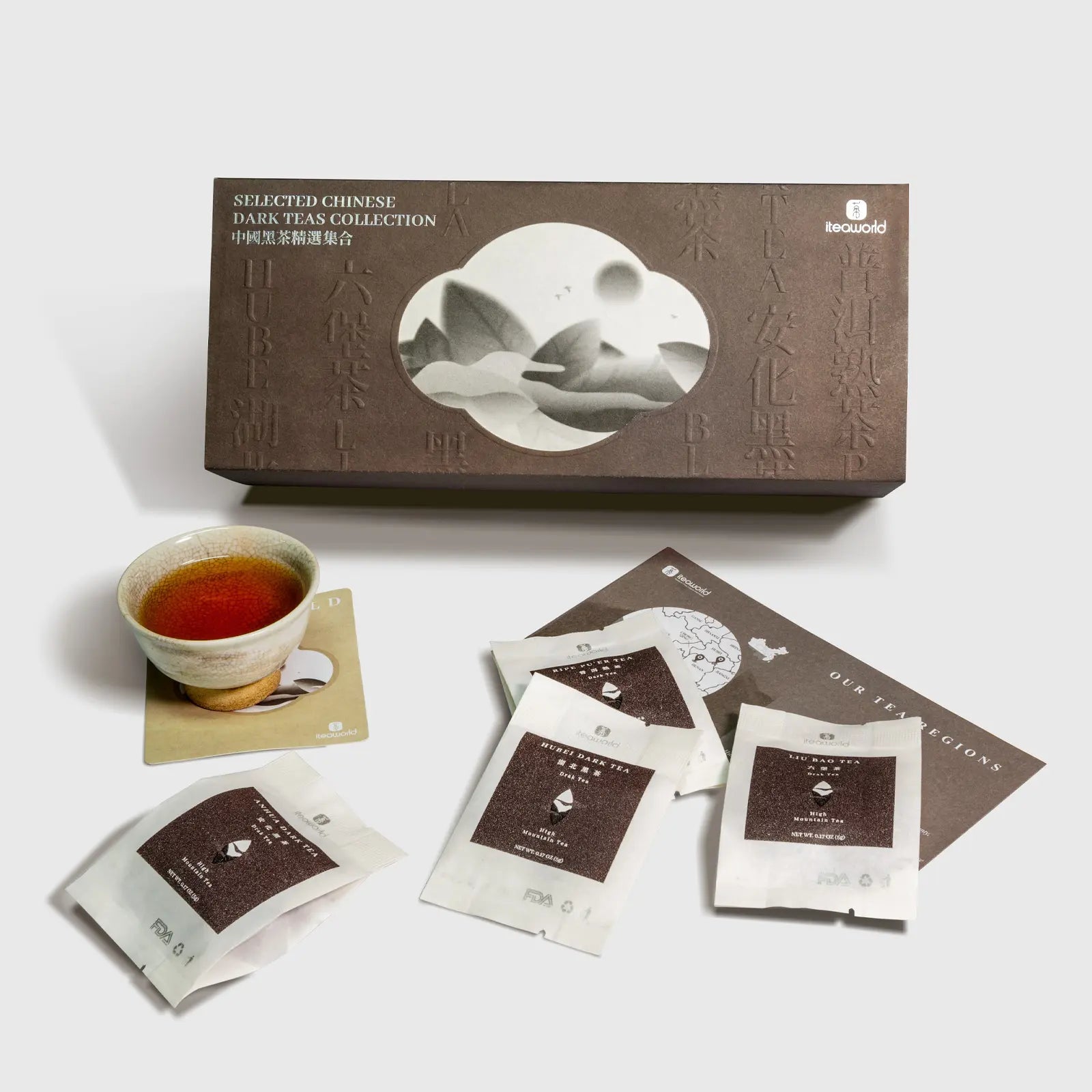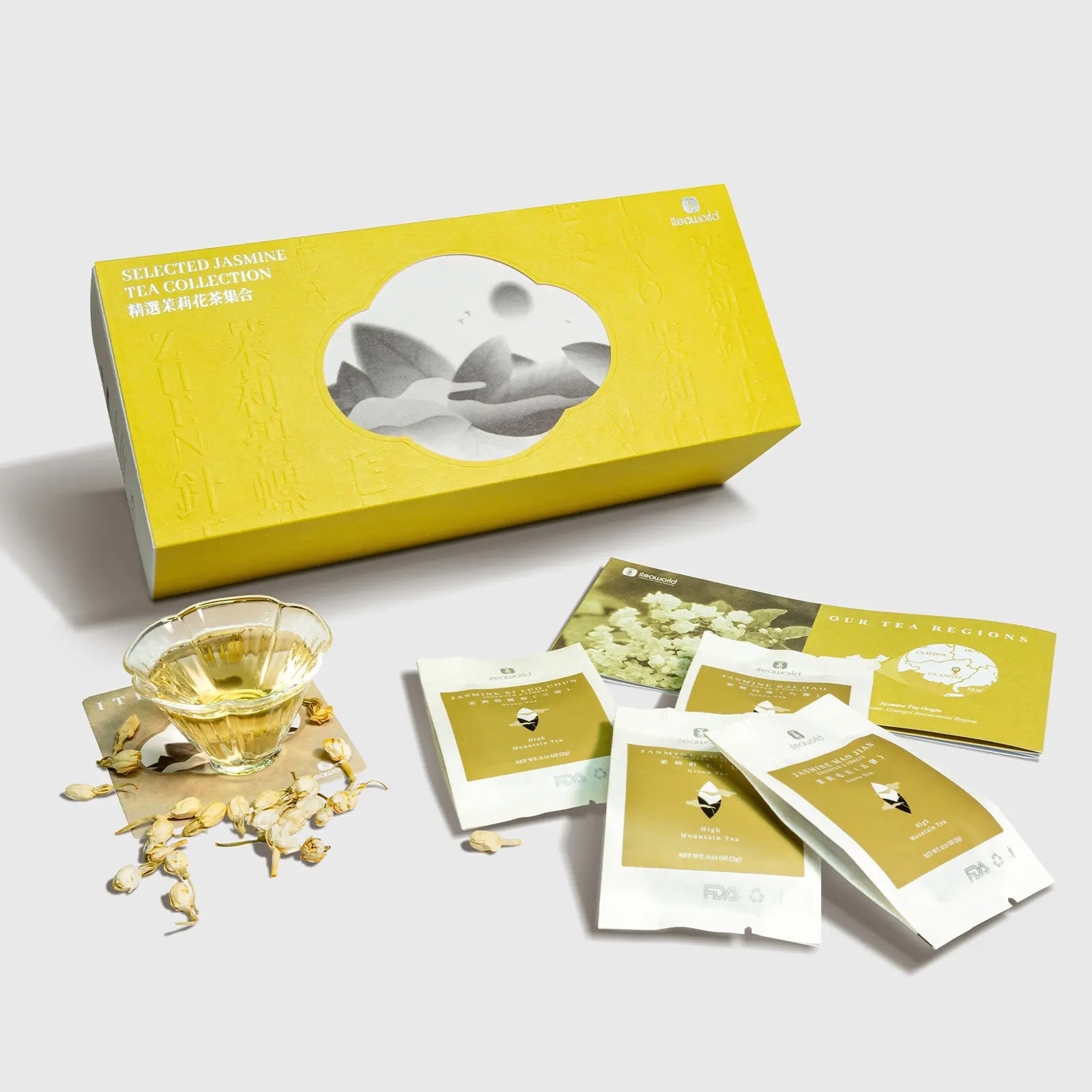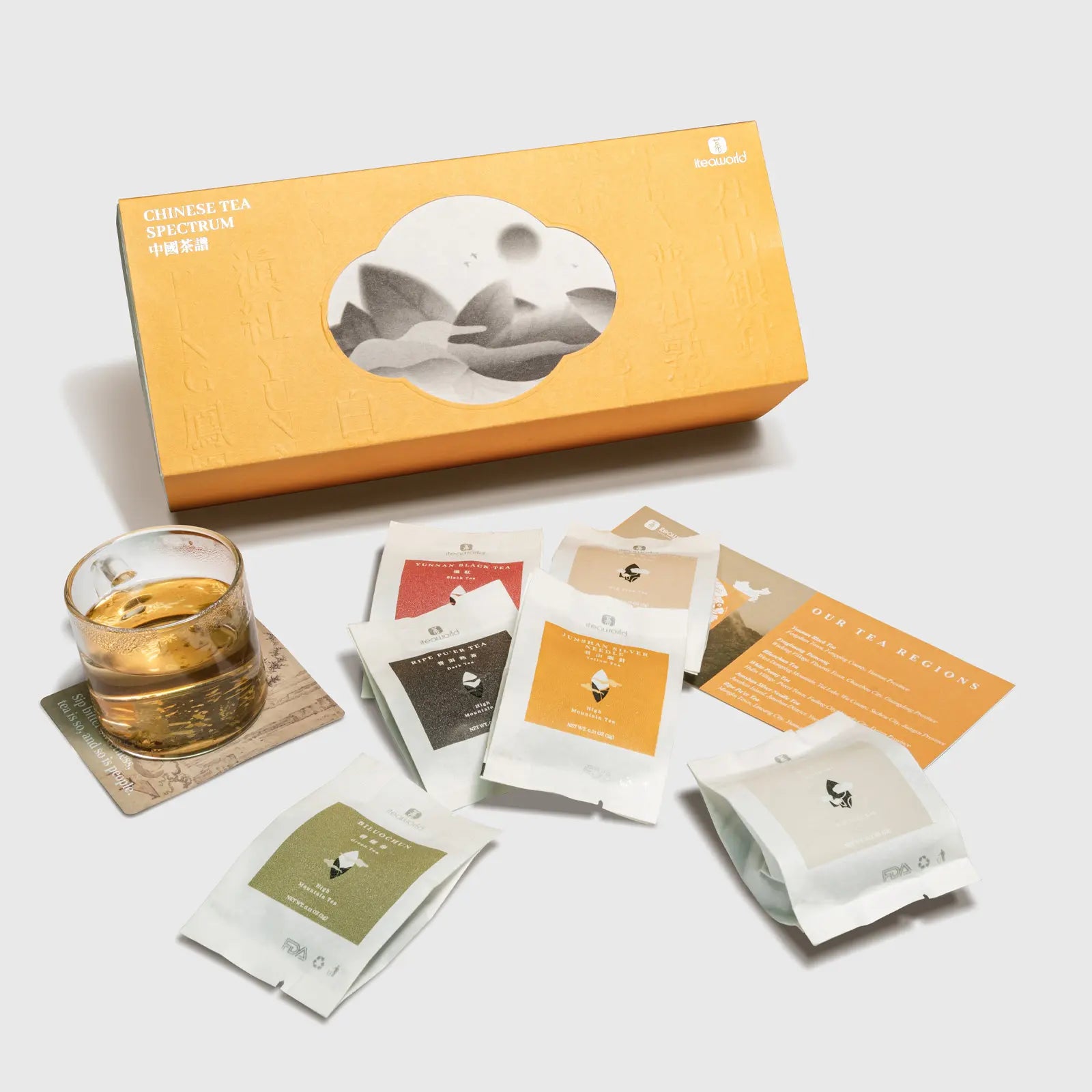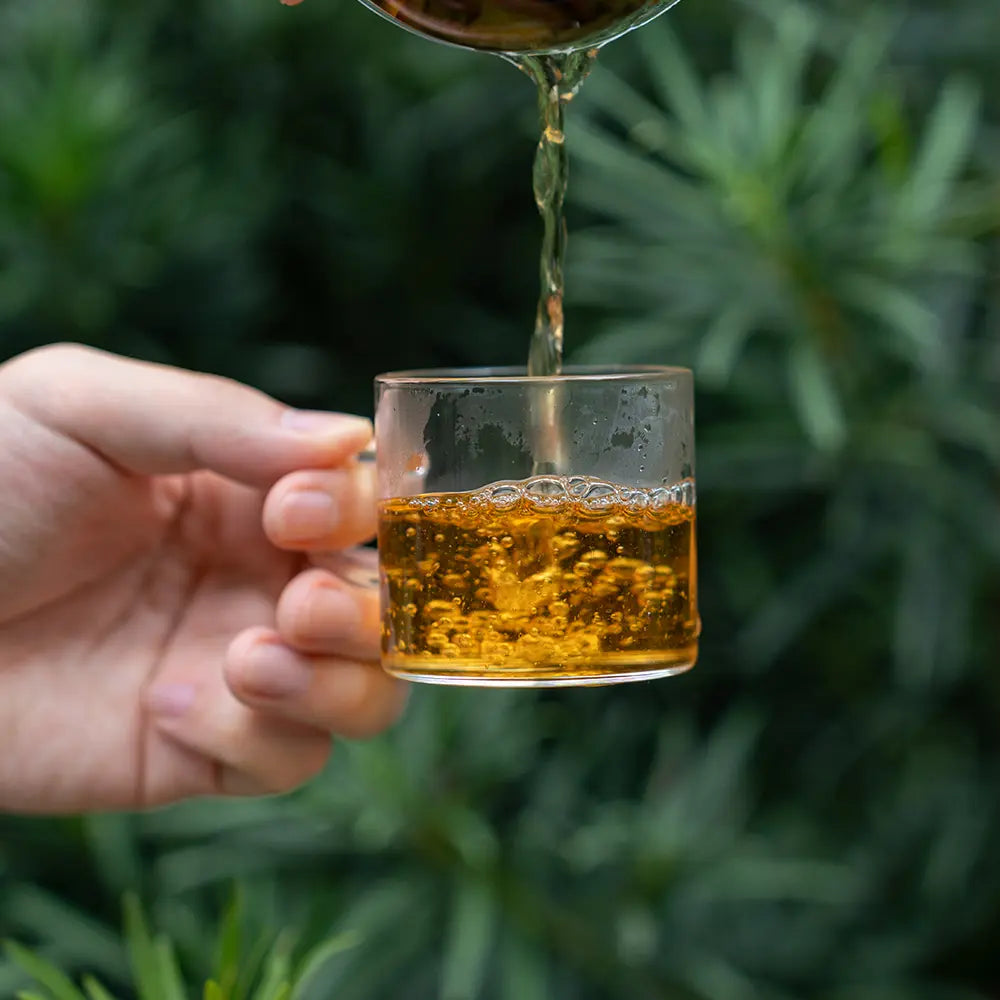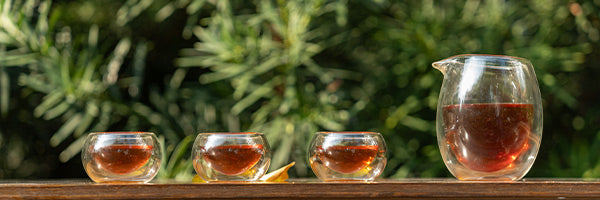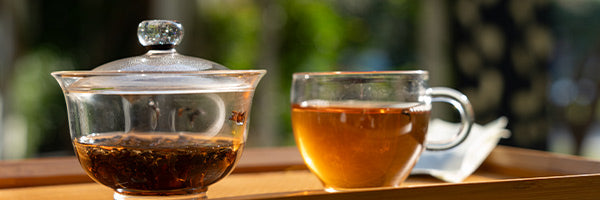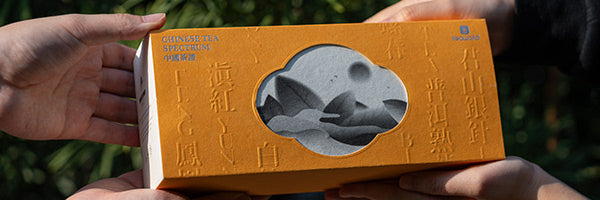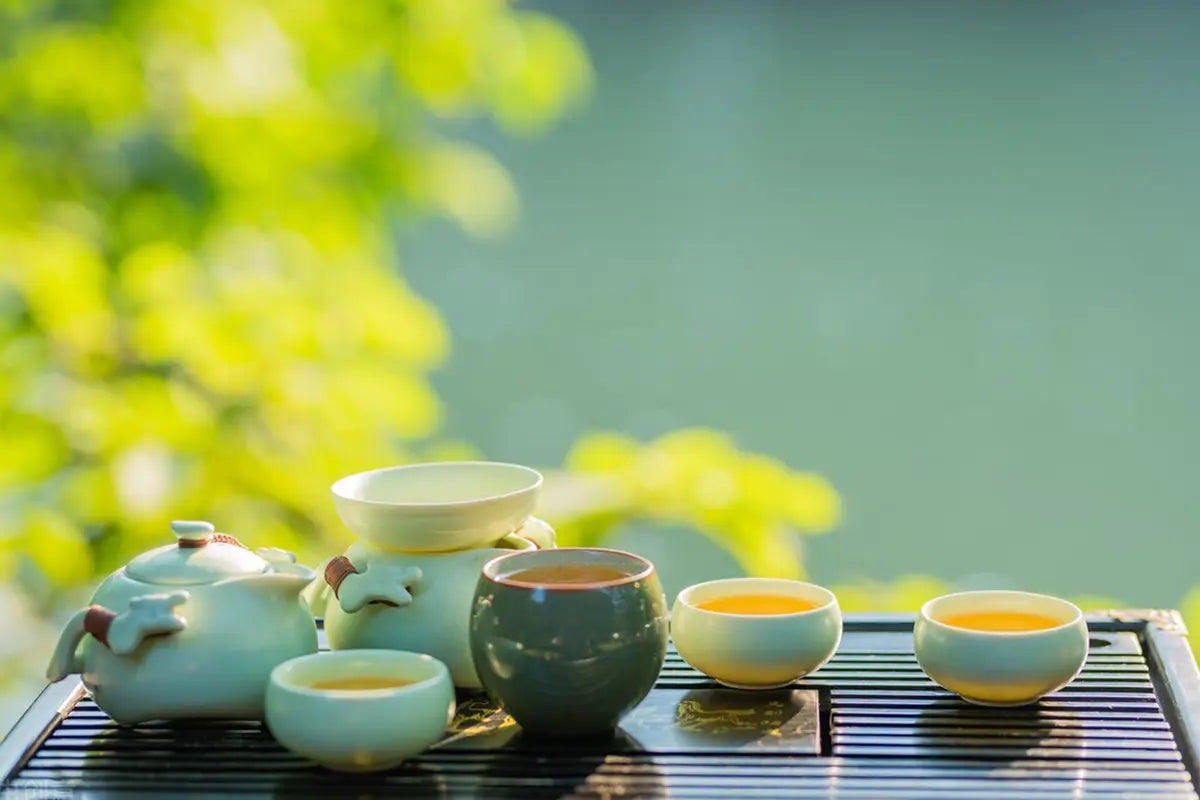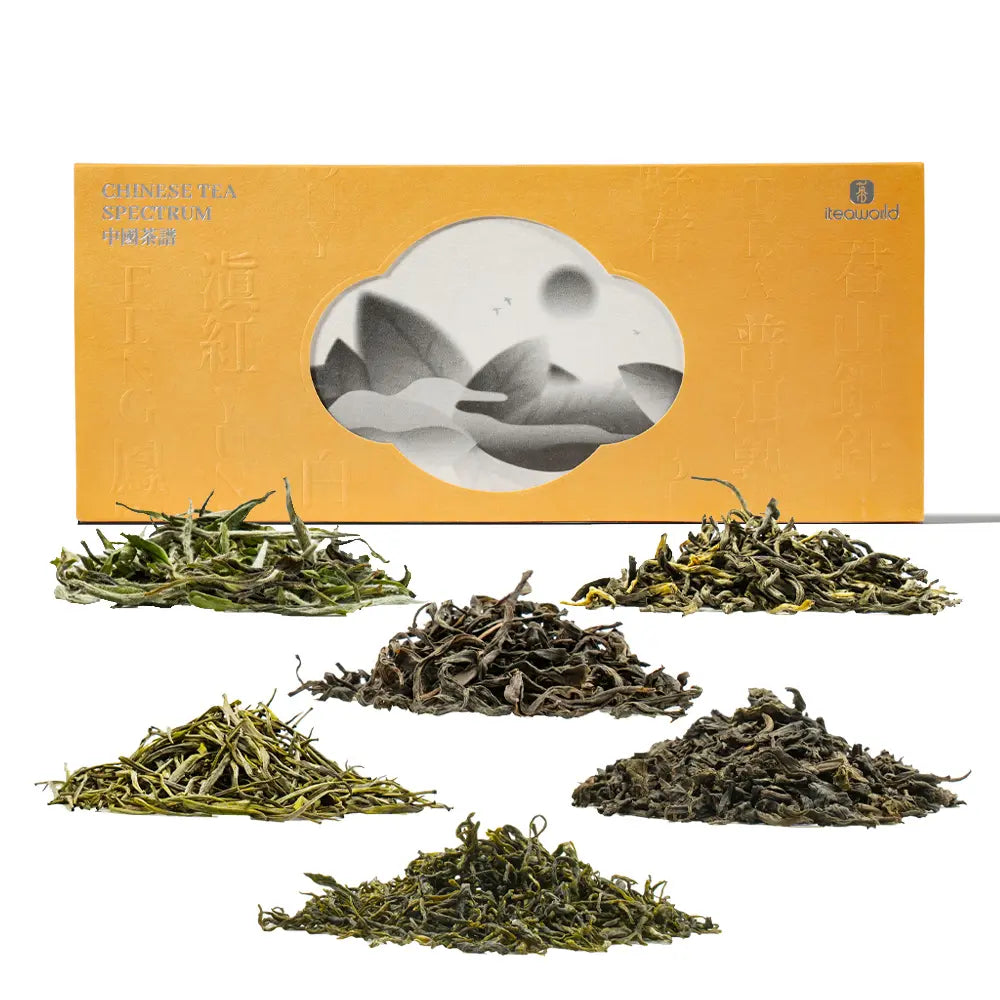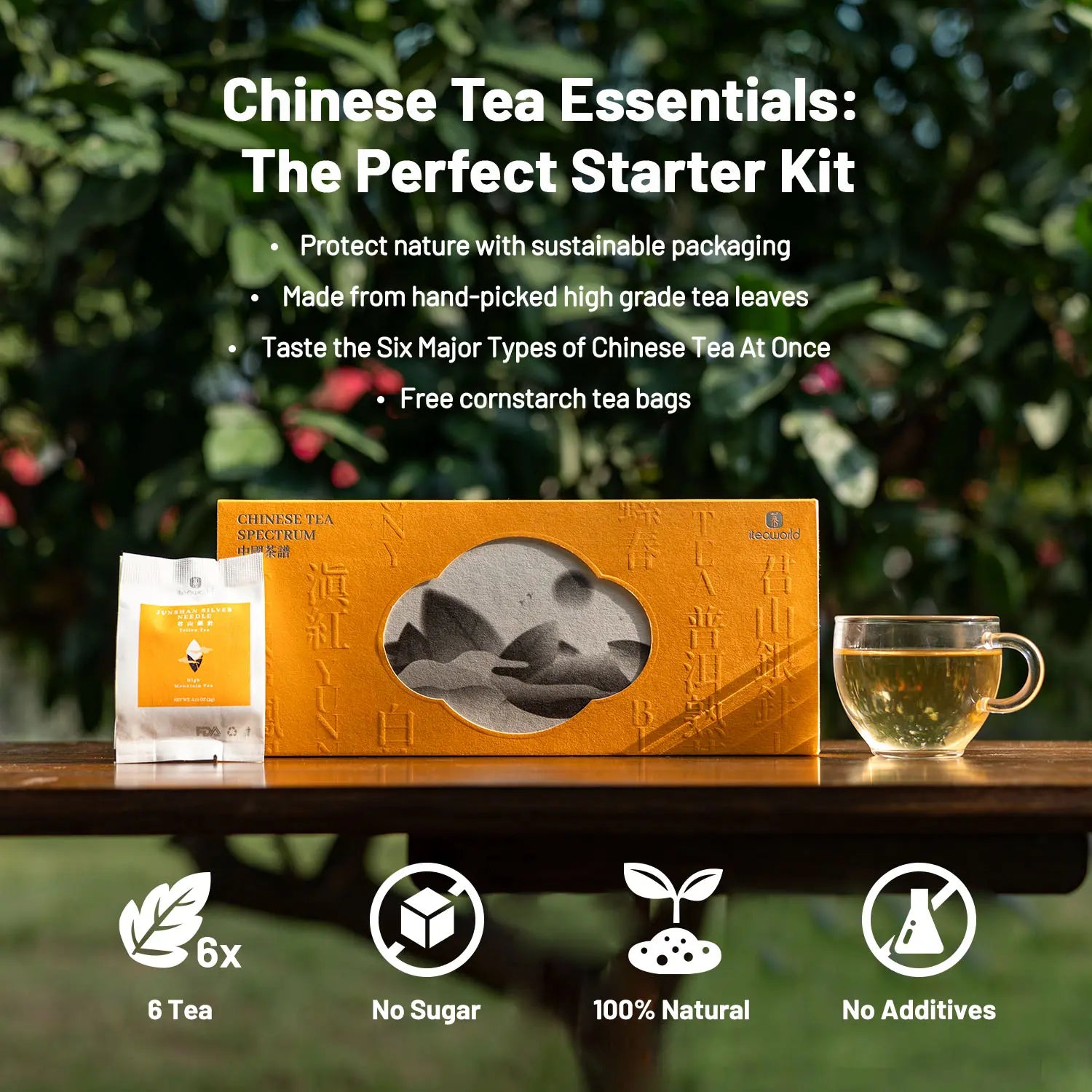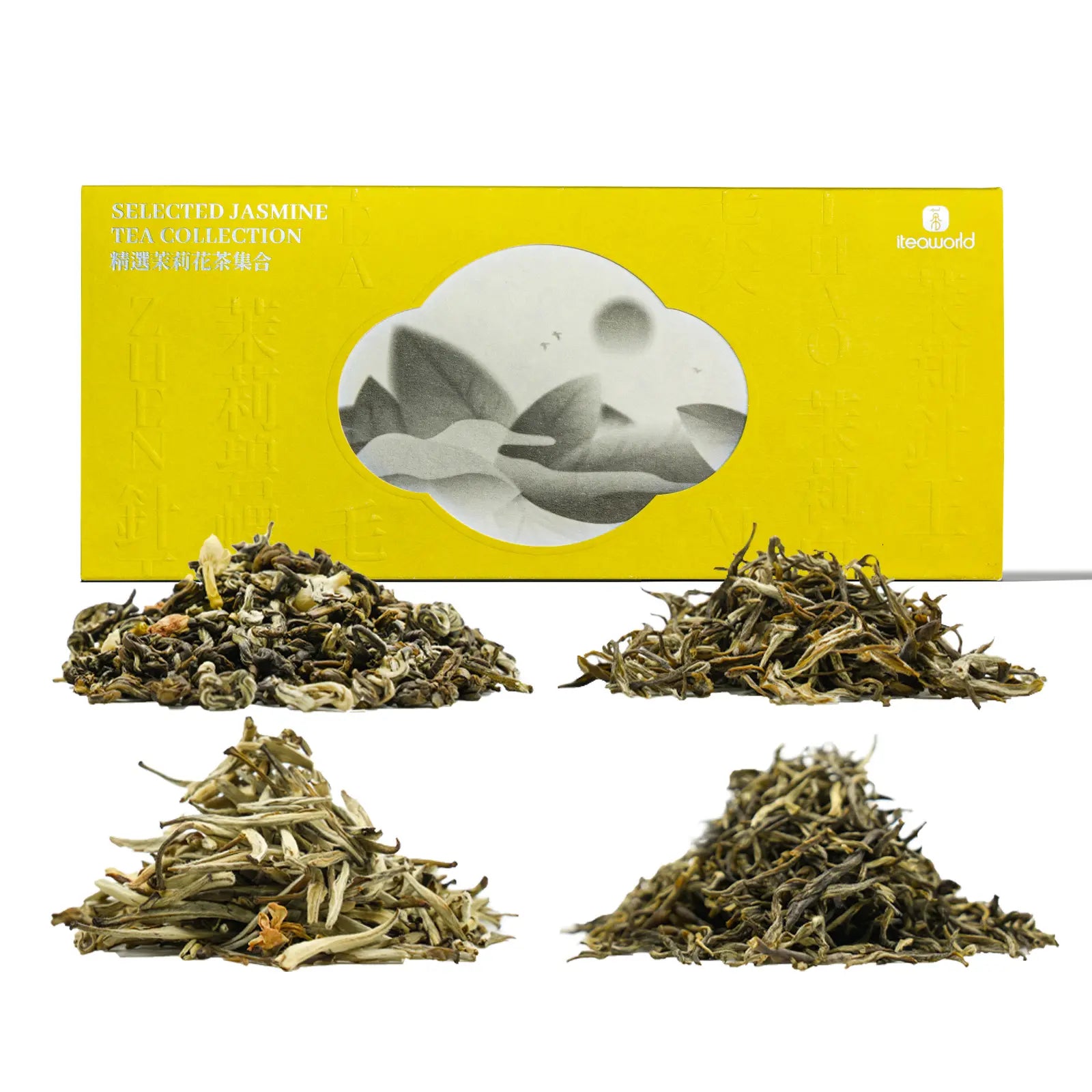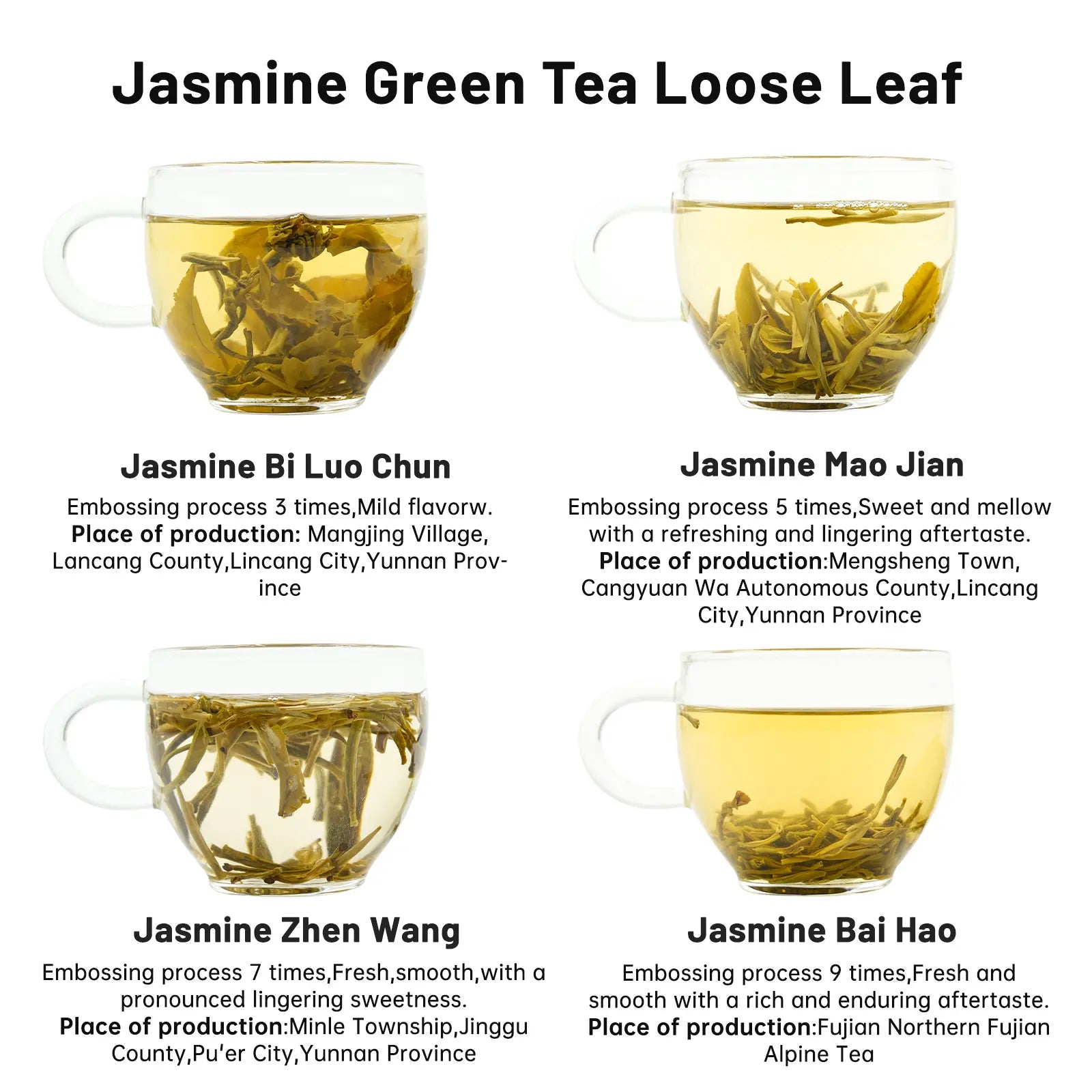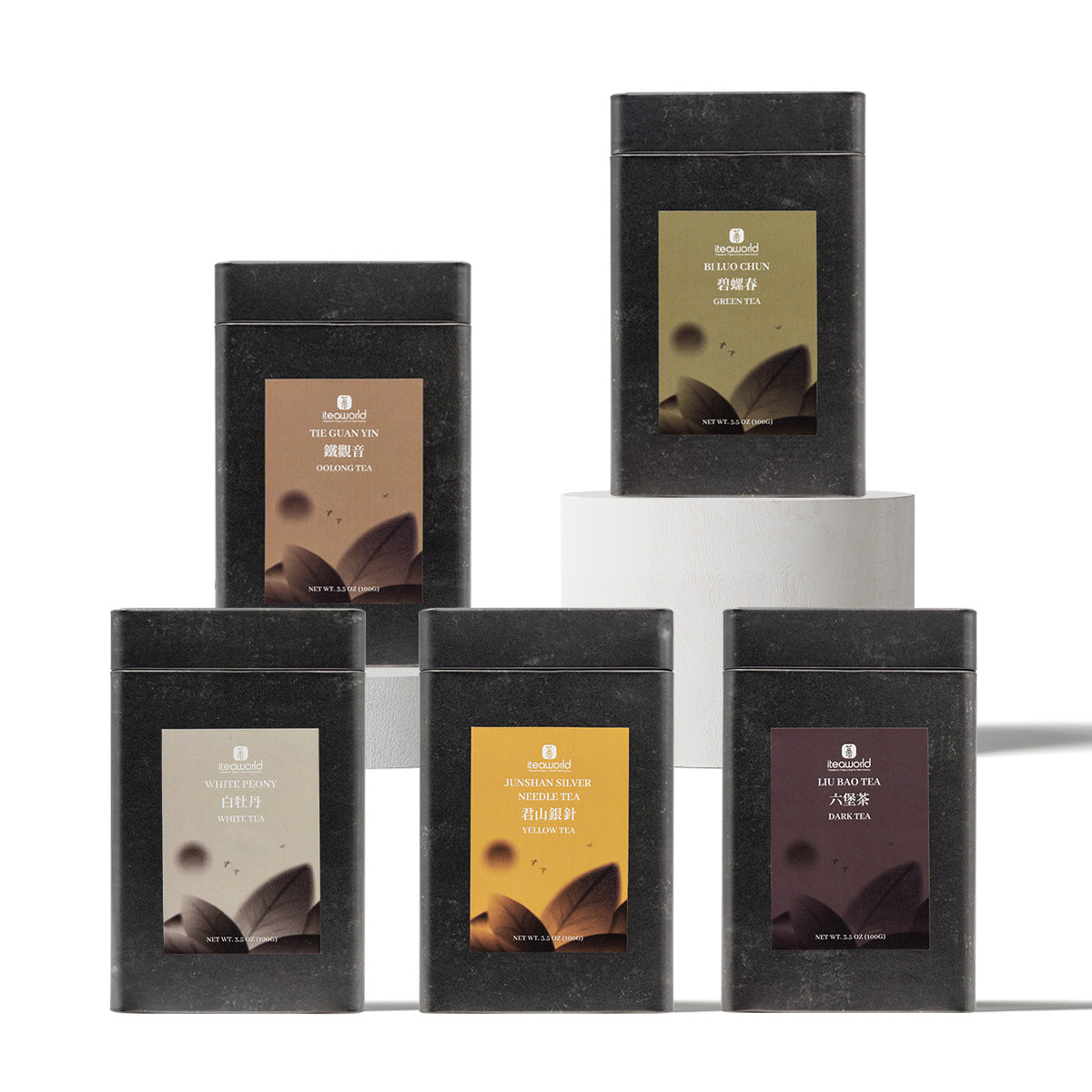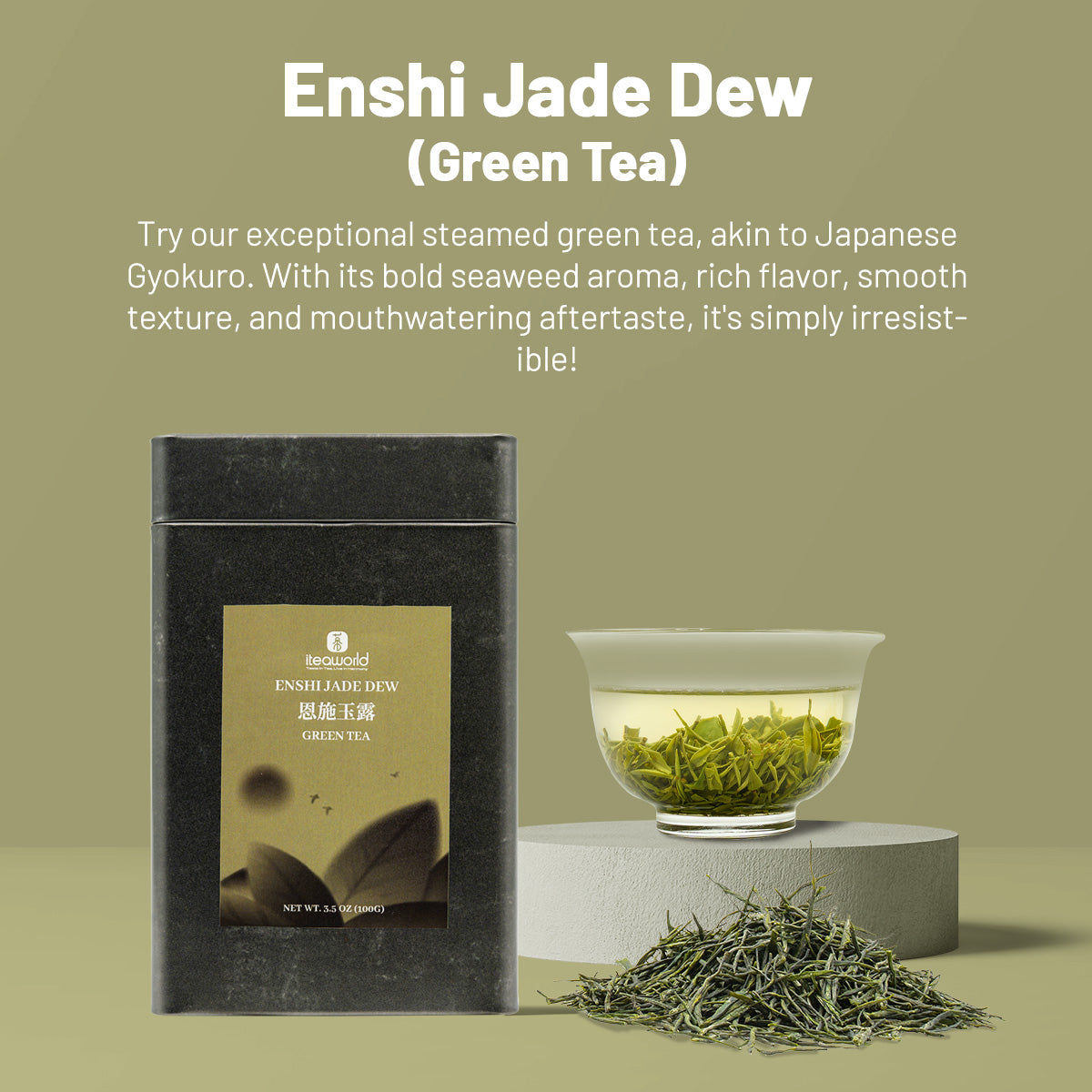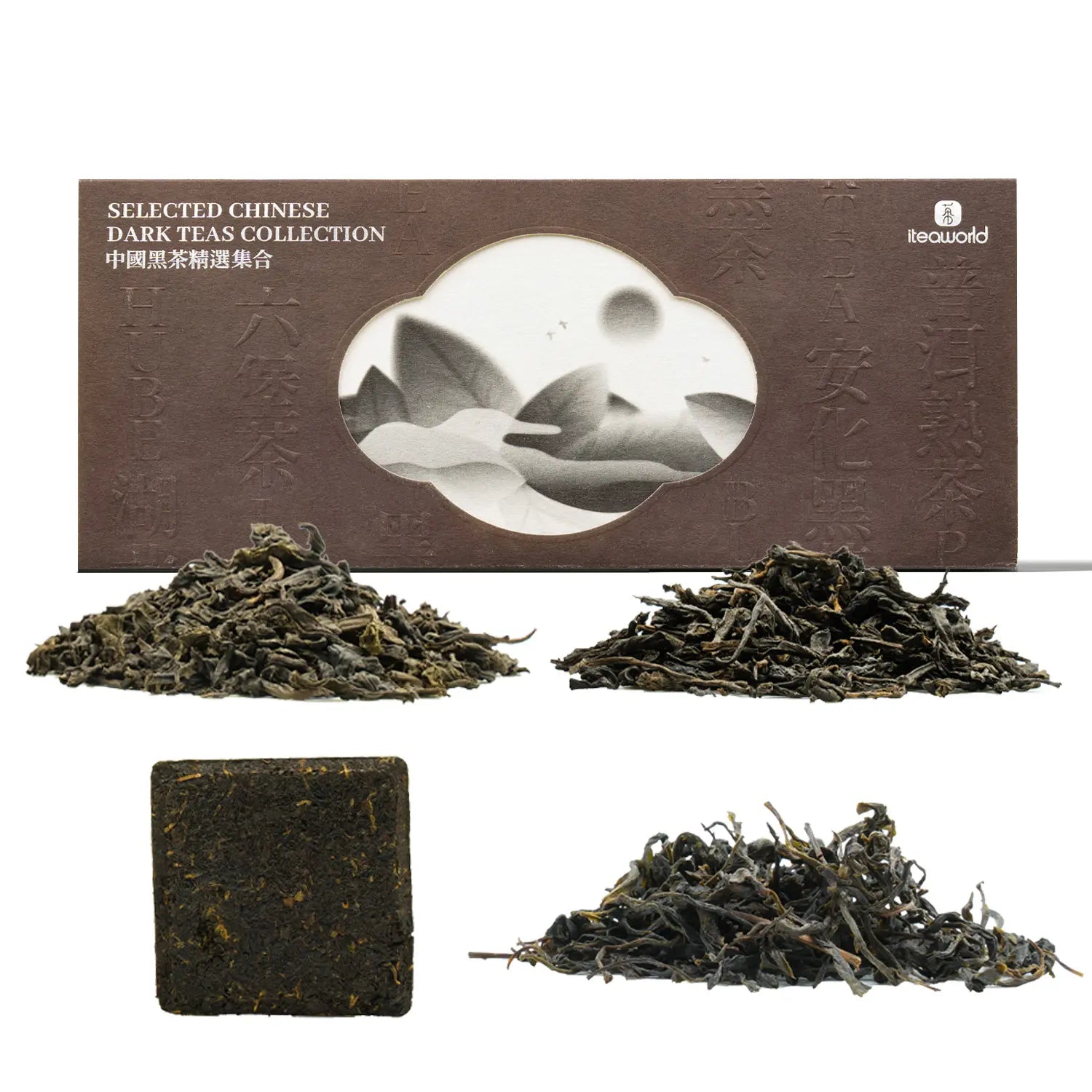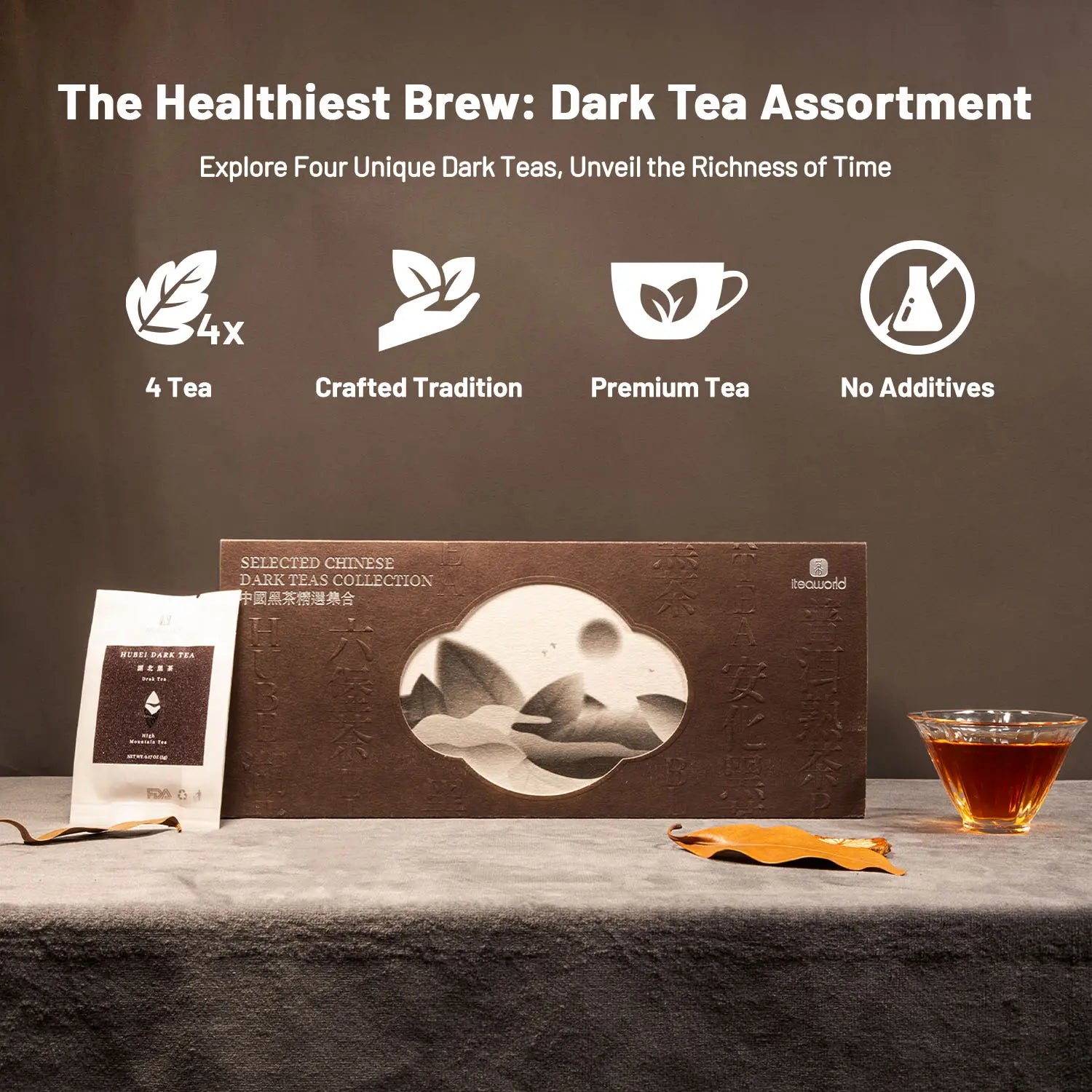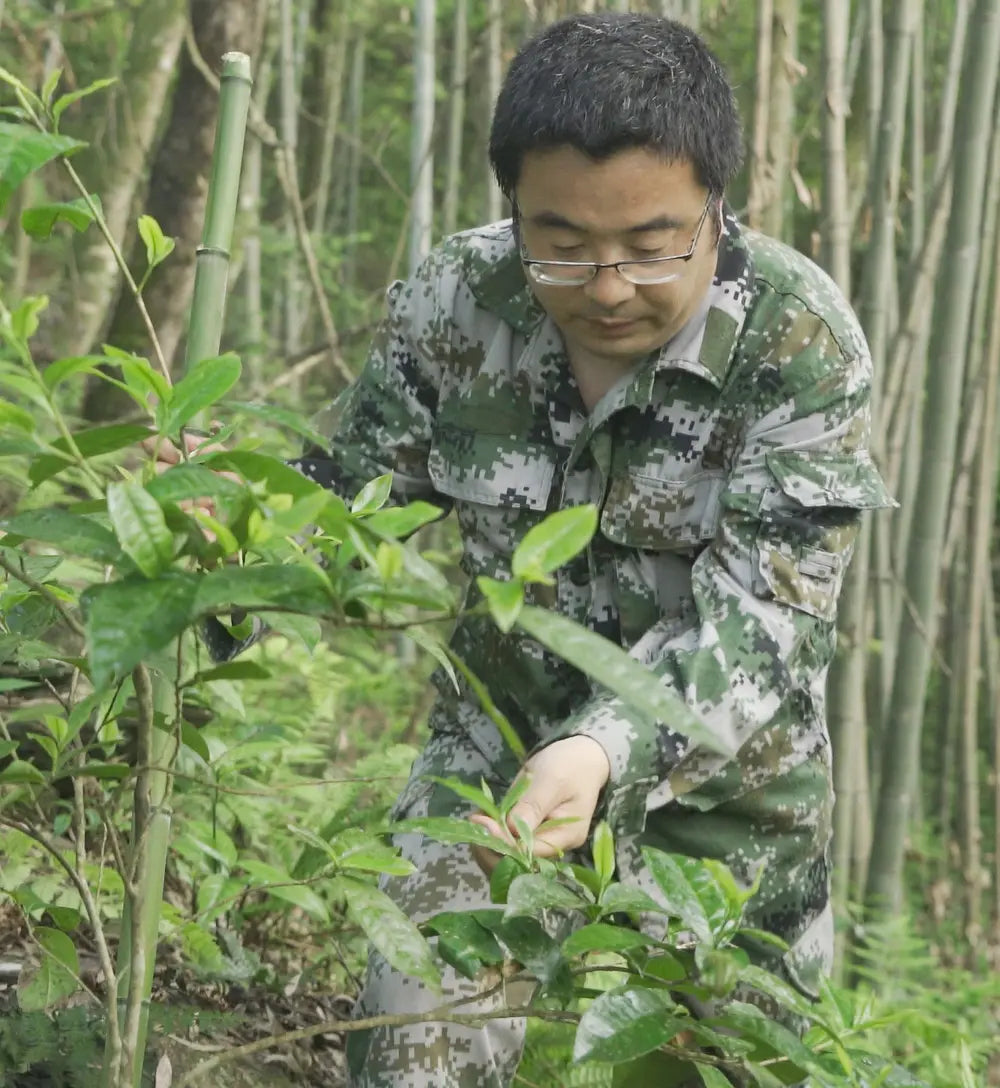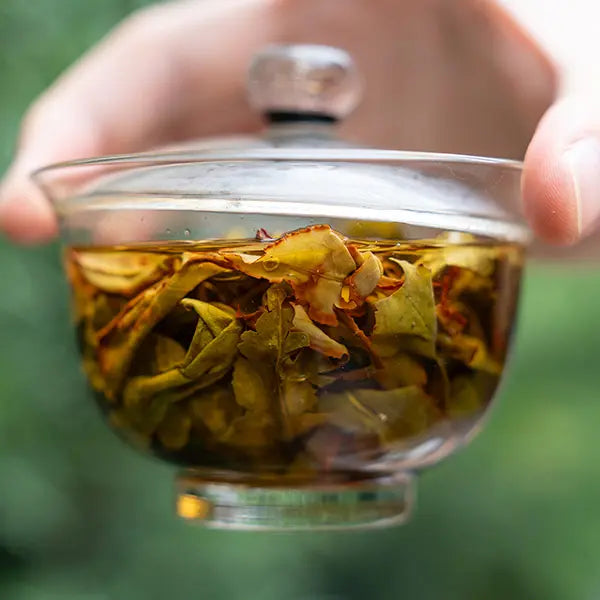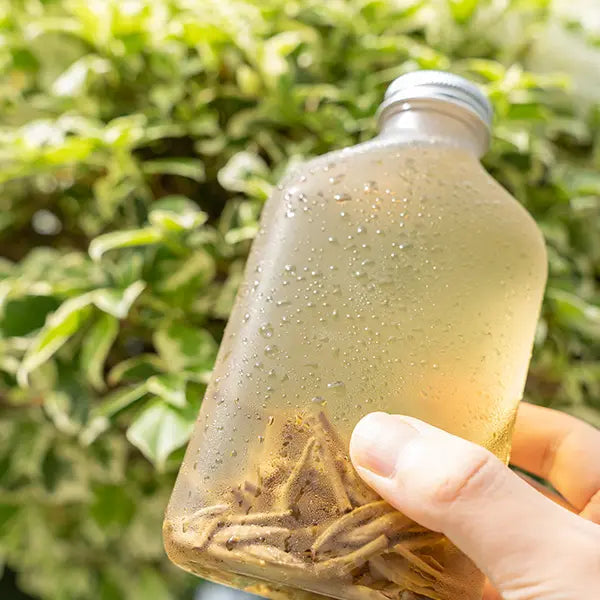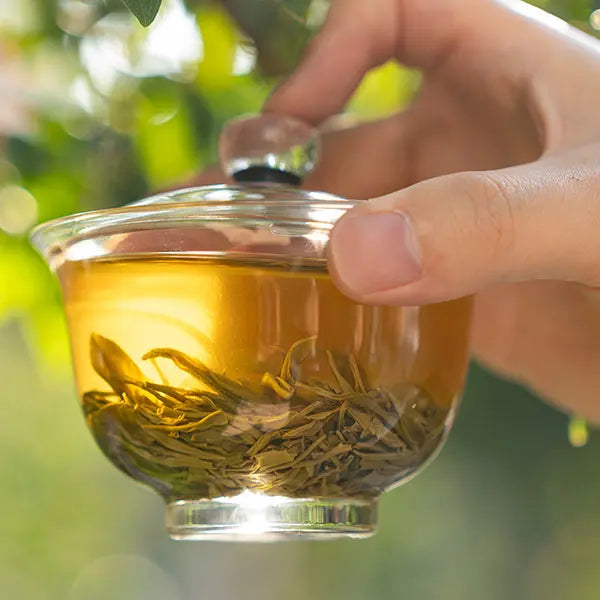Have you tasted a delicious tea in a Chinese restaurant but don't know what type of tea it is?
That's not a problem at all! While there are many varieties of Chinese tea, the ones commonly served in Chinese restaurants is often easily recognizable loose leaf tea.
What Types of Tea Do Chinese Restaurants Serve?
1.Jasmine Green Tea
If the tea you're drinking in a Chinese restaurant has a fresh jasmine aroma or has floating jasmine flowers, it's highly likely to be jasmine green tea.
Jasmine green tea has a bright yellowish-green color, a refreshing and rich taste, with a hint of jasmine fragrance.
Find more loose leaf jasmine tea with our Chinese Jasmine Tea Sampler.>>>
2.Chrysanthemum Tea
Chrysanthemum tea is also a common tea found in Chinese restaurants. It is known for its cooling, heat-clearing, and throat-soothing properties, making it a great complement to delicious Chinese cuisine.
The tea from chrysanthemum tea is yellow with a hint of orange, and it carries the clear fragrance of chrysanthemum flowers.
3.TieGuanyin
TieGuanyin, a famous variety of loose leaf oolong tea, is also favored in Chinese restaurants. There are three types of TieGuanyin: Qingxiang (Light Fragrance) TieGuanyin, Nongxiang (Dense Fragrance) TieGuanyin, and Chenxiang (Aged Fragrance) TieGuanyin.
Qingxiang TieGuanyin has a greenish color, a refreshing and sweet taste, with a clear and fresh aroma reminiscent of orchids.
If you encounter a TieGuanyin with a slightly yellowish hue, it could be either Nongxiang or Chenxiang TieGuanyin. Nongxiang TieGuanyin has a rich and mellow flavor, while Chenxiang TieGuanyin has a smoother texture and a more substantial feel.
Find more loose leaf oolong tea with our Oolong Tea Sampler.>>>

4.Pu'er Tea
Pu'er tea is a unique type of tea that originates from Yunnan Province, China. It is known for its excellent digestive properties, which is one of the reasons why it is favored in Chinese restaurants.
Pu'er tea is divided into raw Pu'er and ripe Pu'er. Raw Pu'er has a yellow-green color, a rich flavor with a hint of sweetness amid bitterness. Ripe Pu'er, on the other hand, has a reddish-brown color, a more mellow flavor, and if brewed well, it exhibits noticeable sweetness.
5.Shou Mei
Shou Mei is a type of Chinese white tea made from the white tea trees in Fuding City, Fujian Province, China.
Shou Mei has a light yellow or deep yellow color, a slightly sweet taste without much bitterness, and it is very palatable.
Apart from the aforementioned types, teas served in Chinese restaurants might also include blended teas, such as chrysanthemum and Pu'er blend, which combine the flavors of multiple teas and are also delicious.
How to Brew Chinese Tea for the Best Flavor?
Typically, the Chinese tea you purchase will come with instructions regarding water temperature, tea-to-water ratio, and steeping time—make sure to follow them! Each type of Chinese tea has its unique aspects, and using the appropriate brewing method is crucial to unlock its full potential.

The preferred method for brewing Chinese tea is the Gongfu Cha method, which requires a Gaiwan (lidded bowl) and a few cups to quickly prepare delicious tea. There are many videos online demonstrating Gongfu Cha brewing methods; choose one and follow the basic steps.
If you don't have a Gaiwan or other traditional tea utensils, a tea strainer and your regular cups can still produce a decent cup of tea.
A Brief Info of Chinese Tea Classification
Chinese tea can be broadly categorized into six main types, based on their level of oxidation from low to high:
Green Tea → White Tea → Yellow Tea → Oolong Tea → Black Tea → Dark Tea
Apart from these six types, there is also a special category of Chinese tea known as Chinese Flower Tea. The diverse range of Chinese Flower Teas is excellent for gifting in tea gift sets to family and friends.

Among the teas mentioned earlier, TieGuanyin belongs to Oolong Tea, Shou Mei belongs to White Tea, Jasmine Green Tea and Chrysanthemum Tea are both considered Chinese Flower Teas. Pu'er Tea is a bit unique; some Pu'er Teas fall under the category of loose leaf green tea, while others fall under the category of loose leaf dark tea, depending on whether they have undergone post-fermentation processes.
Find more loose leaf Chinese tea with our Chinese Tea Sampler.>>>
Don't Just Rely on the Tea Name Alone
You might come across a type of Chinese tea labeled with famous names like "TieGuanyin." However, there can be significant differences between different TieGuanyin teas, akin to the differences between the Mariana Trench and other oceanic regions.
After finding the TieGuanyin you desire, make sure to check if the seller provides photos of the dry leaves and brewed tea that match, if they are authentic images rather than stock photos, if there's information about the origin and production time, and if there are any tea tasting notes.
Otherwise, you might end up buying a package labeled as TieGuanyin but containing dry leaves of unknown quality.
Try Samples Before Buying in Bulk
Before purchasing a larger quantity (e.g., 100g) of a tea, it's best to try its tea sampler first. This is because if you buy it in bulk and later find that you don't enjoy its taste, you might end up forgetting about it in your cupboard.
Samples of various Chinese teas are readily available and affordable. You can use a loose leaf tea sampler to discover the best loose leaf tea that suits your taste preferences.
Avoid Buying Expensive Teas Initially
You might come across an expensive tea with enticing descriptions that make you eager to try it.
However, for tea beginners, it's not advisable to purchase expensive teas right away. Firstly, expensive teas require good brewing skills to bring out their flavors. Secondly, appreciating the taste and unique qualities of expensive teas often requires some tea-tasting experience.
Generally, the Chinese teas offered in Chinese restaurants are suitable for beginners to taste, and they are reasonably priced without being overly expensive. We hope this article provides some guidance and helps you find the Chinese tea you'll enjoy.


